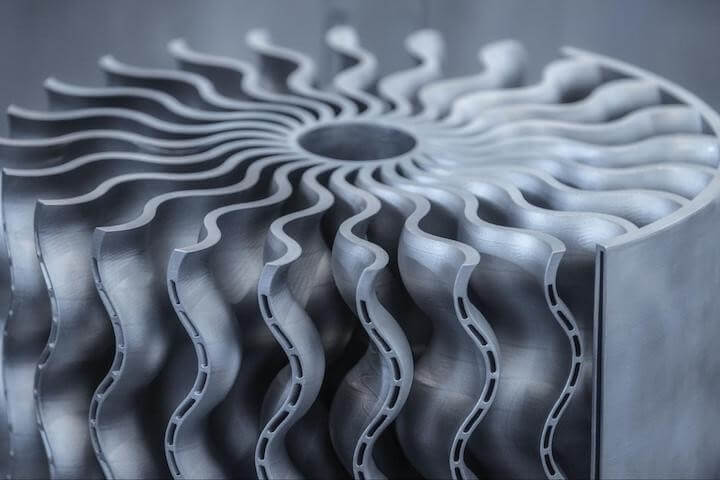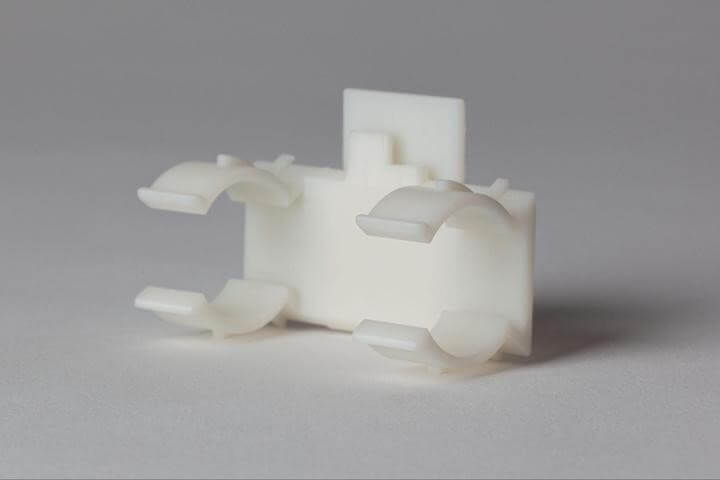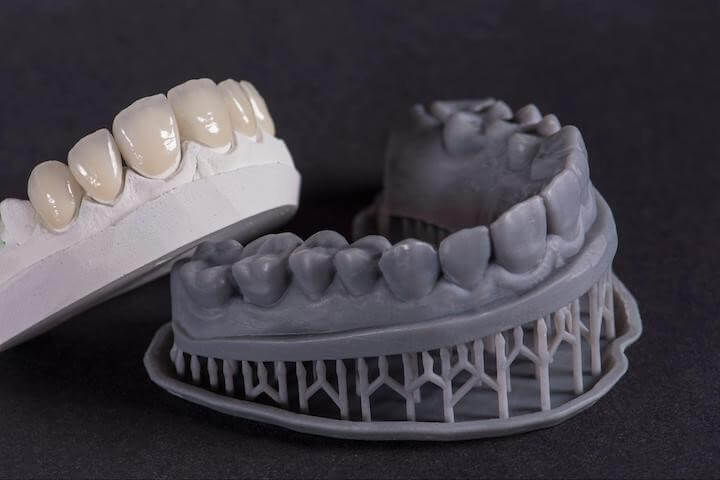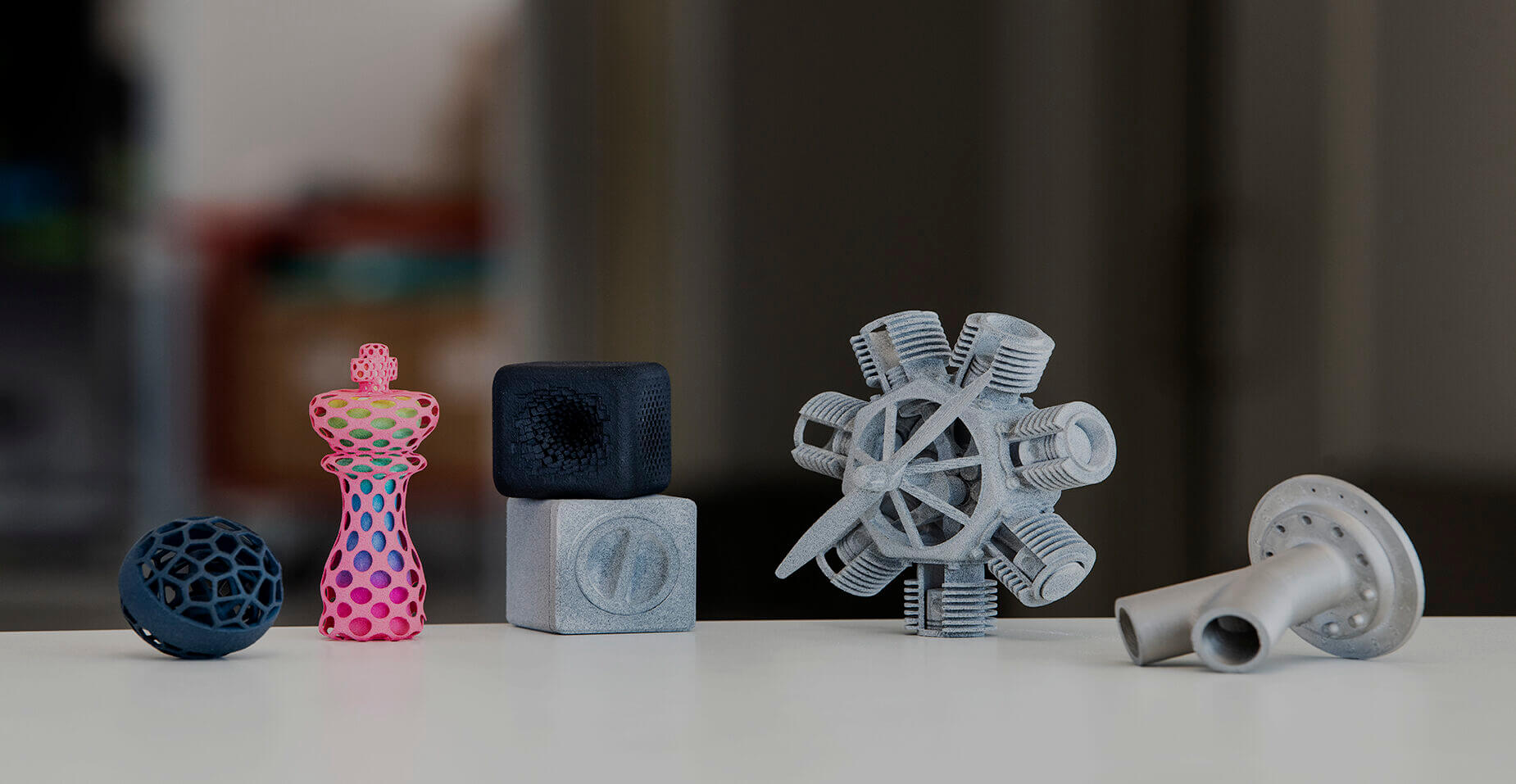The Impact of AI on 3D Printing
When technologies converge, innovation can happen at an astonishing pace. Advances in additive manufacturing and artificial intelligence now promise to combine to achieve greater results in less time than ever before. That’s because AI can enhance and improve every aspect of the 3D printing process, from ideation to quality control. Read on to learn about five areas where AI is already, or will soon be, powering 3D printing.
1.Artificial Intelligence: Strengths and Weaknesses
Before diving into the impact of AI on 3D printing, it’s important to understand the strengths and weaknesses of AI. AI is very good at analyzing large data sets to find patterns, which makes AI systems very skilled at certain tasks.
While neural networks and machine learning algorithms have been around for decades, recent improvements have increased the pace of innovation exponentially. For example, advances in large language models (LLMs) such as ChatGPT have made it easier for anyone to interact with AI systems, and these models are improving at a very rapid pace.
Currently, AI excels at handling fairly mundane or tedious tasks, while creativity and imagination work is best left to humans, but AI is making progress in these areas as well. As many existing AI models continue to improve and new models emerge, AI’s impact on all areas, including 3D printing, will only grow.

2.Five Areas Where AI and 3D Printing Are Converging
3D printing is a relatively new and rapidly evolving technology, so it’s particularly well-suited to benefit from AI innovations. Here’s how:
1) Better Prints with Fewer Errors
Quality control for 3D printing provides AI with a wealth of data to learn from. Every print job involves a large amount of data, from CAD models to slices and often a video of the print. All of this data can be fed into large AI models and combined with the print results as training data. AI models can find patterns to determine which combinations of designs, slice settings, and printer settings cause problems and which combinations produce excellent prints.
AI can also detect and correct faults in real time—the model learns from them and prevents defects and print failures. Spaghetti detection is already available, using computer vision and machine learning to detect print failures. Soon, AI models will be able to adjust prints in real time, resulting in fewer errors and better prints.
2) 3D Printing is accessible to everyone
One of the main ways AI is impacting 3D printing is by making the technology more accessible. While 3D printing has grown rapidly over the past few years, it still requires knowledge of CAD and slicing, and getting it just right requires skill. Minor adjustments to settings or print direction can greatly affect the quality and strength of the finished print. AI can handle many of these tasks, which allows less skilled users to achieve better results. Alpha AI is an AI-assisted 3D slicing software that has been used in dental applications to provide better performance and results with less effort.

3) DFM Co-Pilot
Design for Manufacturing (DFM) is an important aspect of good design. When designing a part, meeting application requirements is only half the battle, and DFM ensures that the design can also be efficiently manufactured.
With AI, users have a co-pilot working with them to make them more efficient. For programmers, GitHub’s co-pilot can help programmers write better code faster, and CAD software integrating DFM co-pilots to assist designers is just around the corner. The large datasets generated by analyzing various manufacturing processes provide an excellent training ground for machine learning algorithms. Just as AI can act as a co-pilot for writing code, a DFM co-pilot that can help designers during the design phase may not be far away.
4) Generative Design
Generative design is a design exploration process where user input describes design parameters or desired outcomes. Generative design allows designers to quickly explore many different permutations of a design through multiple iterations—companies like Autodesk have begun to incorporate generative design features into their products.
Tools like ChatGPT, MidJourney, and Stable Diffusion can be used together to create an original image based solely on a description of the desired image. While these tools currently focus on 2D images, the next step in development is to move to 3D models. ChatGPT can be used to convert text prompts into physical 3D printed objects. Combining these tools with the vast amounts of data from MRI and CT scans will enhance the ability to generate personalized medical devices.
5) Innovation in Materials Science and Material Selection
Currently, 3D printing requires skilled technicians to handle many tedious tasks, but handing these off to AI can allow them to focus on higher-value, more creative, and innovative tasks.
In addition to making technicians more efficient, AI can also be used as a tool to find new and innovative material solutions. The limitations of materials science often appear in extreme applications that require high-performance parts. For example, aircraft turbines are often limited to 1,200°F due to material limitations, even though higher operating temperatures can improve engine performance or efficiency. With AI and additive manufacturing, novel material combinations and designs can be developed to produce more powerful and efficient engines. AI can develop complex alloys, just as the technology has advanced the science of protein folding in medicine. In addition, AI may be able to help provide novel designs with higher performance.

3.For 3D Printing, AI is Here to Stay
AI is advancing rapidly, impacting every aspect of our daily lives, and 3D printing is no exception. Advances in AI are making 3D printers better and making human operators more efficient—allowing them to focus on higher-value tasks while producing higher-quality 3D prints. With AI, the widespread adoption of 3D printing will continue to accelerate at an even faster pace.
